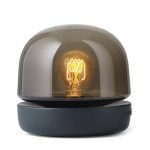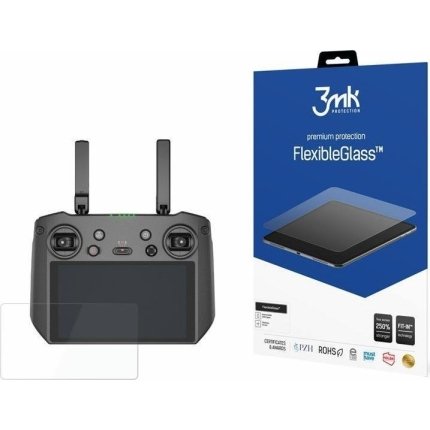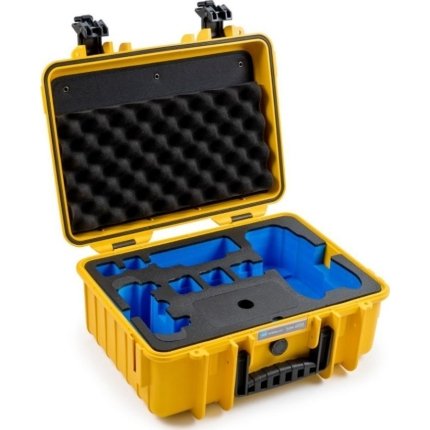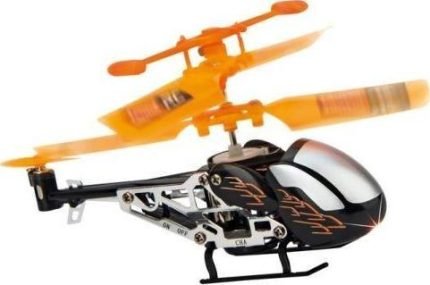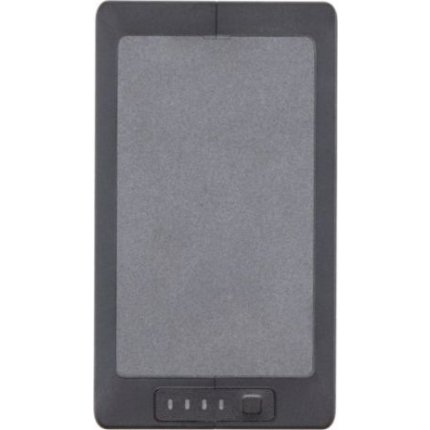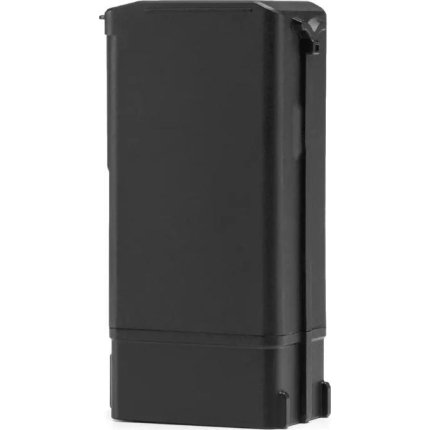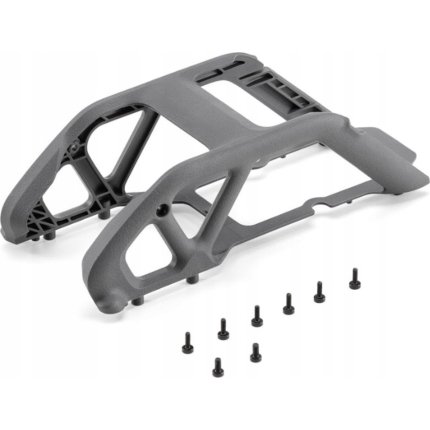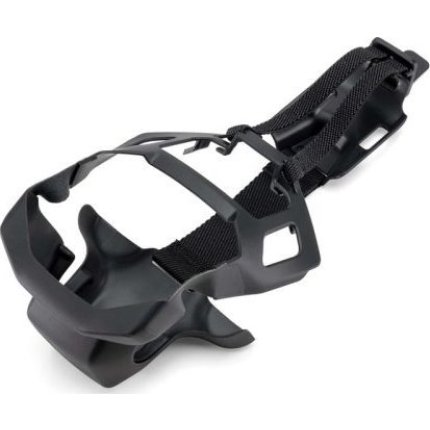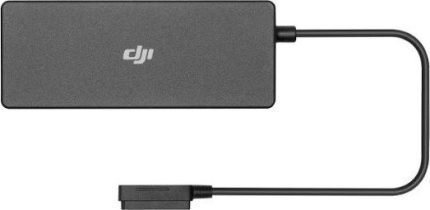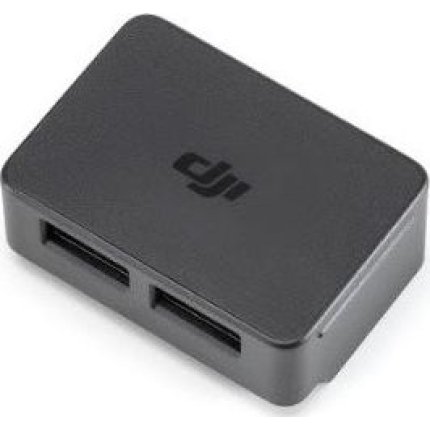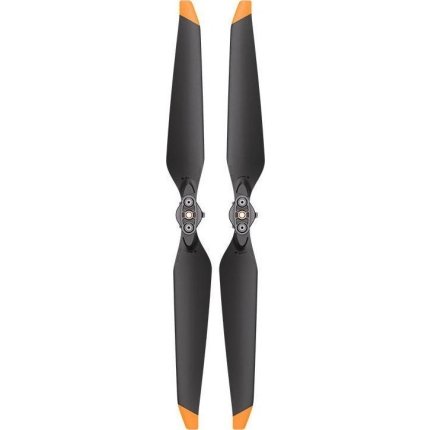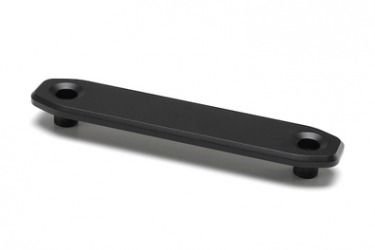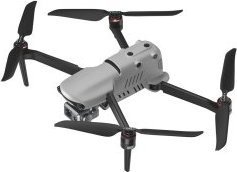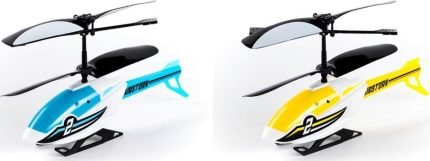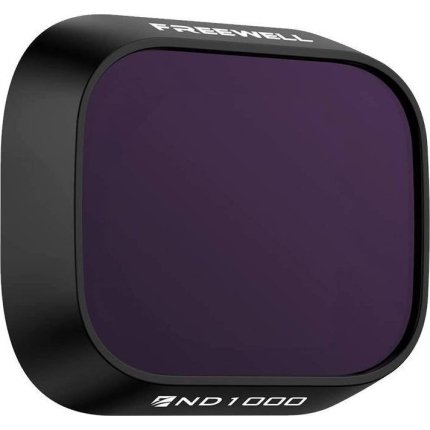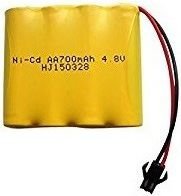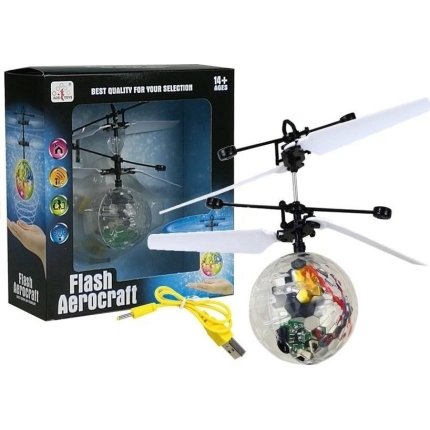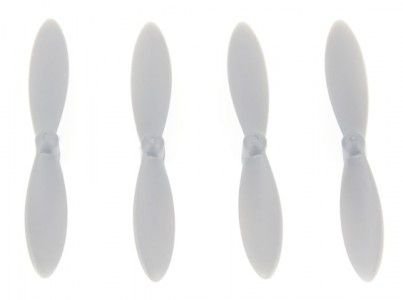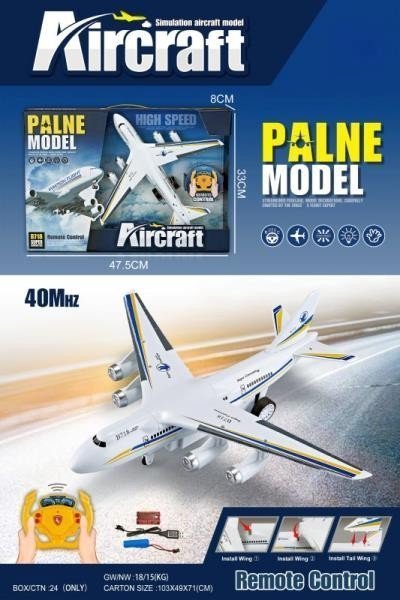RC Models
RC models, or radio-controlled models, are miniature replicas of real-life vehicles and aircrafts that can be operated using a remote control. RC models have been around for decades and remain popular today due to their versatility and ease of use. From cars to planes, boats to helicopters, there is an RC model available for almost any type of vehicle imaginable.
The most common types of RC Models are those used in hobby racing competitions; these typically involve small electric powered cars running on tracks or off road surfaces at high speeds. Other popular applications include flying drones with cameras attached which allow users to capture aerial footage from the sky as well as underwater exploration with remotely controlled submarines equipped with cameras capable of capturing images beneath the surface. The possibilities offered by these versatile machines seem endless!
In addition to being fun toys for kids (and adults!), many people utilize them professionally such as photographers who rely on them when shooting events from above or below ground level without having human operators present in hazardous environments like oil rigs etc.. There’s also a growing trend among farmers who use them instead traditional crop dusters – saving both time and money while providing more efficient coverage over large fields than what would otherwise be possible manually operating an aircraft! All this goes show just how far technology has come since the introduction of Radio Controlled Models back in early 20th century – making it easier than ever before us explore our world through miniature eyes!
What technology is used in most remote controls?
The remote control is a device that has become ubiquitous in many households. It's used to operate televisions, DVD players, gaming consoles and other electronic devices from a distance. But what technology is used in most remote controls?
Most modern remotes use infrared (IR) technology for communication between the controller and the device it’s controlling. IR signals are invisible light waves that travel at different frequencies depending on the type of command being sent by the controller – such as volume up or down, switch channels etc.. When an IR signal hits its target receiver it triggers an action within that particular device. The range of these signals varies but they can generally reach up to 30 feet away from their source without any obstacles blocking them like walls or furniture obstructing their path .
In addition to traditional infrared remotes , some newer models now utilize radio frequency (RF) transmitters which allow users more flexibility when using their controllers since RF signals have greater range than those generated by IR transmitters . This means you don't need line-of-sight access between your remote and your TV - so if you're hiding behind furniture while trying to change channels with your RF enabled remote , then there will still be no problem ! Furthermore , many new universal remotes come equipped with both types of technologies allowing them maximum versatility when controlling multiple devices around one room .
Overall , modern day controllers rely heavily on either infrared or radio frequency technologies for transmitting commands over distances - giving us all much needed convenience when operating our favorite electronics!
How high can RC drones fly?
Remote control (RC) drones are becoming increasingly popular and versatile tools for both recreational and professional use. One of the most common questions about RC drones is how high they can fly. The answer to this question depends on several factors, including the type of drone, its battery power, air density at different altitudes and other environmental conditions.
Smaller consumer-level RC drones typically have a maximum altitude ceiling between 400 – 500 feet when flown outdoors in optimal weather conditions with no interference from wind or obstacles such as buildings or trees that may obstruct their path. Professional grade models often have higher ceilings ranging up to 1 mile above sea level due to more powerful motors and better aerodynamic design features which allow them greater lift capacity than smaller models can achieve without sacrificing stability during flight operations. Additionally, some advanced systems feature technology like GPS tracking which allows pilots greater control over where their aircraft flies even when it is outside visual range by providing real-time navigation data back to ground controllers via satellite linkup services provided by companies like Skyward IO Incorporated .
In general however , there are certain regulations put in place by civil aviation authorities around the world that restrict how high an unmanned aerial vehicle (UAV) can go regardless of size or capabilities; these restrictions vary depending on country but generally speaking all UAVs must remain below 400ft AGL (above ground level). This means that while it’s possible for some larger commercial grade RC drones with specialized equipment installed onboard them reach altitudes much higher than what would be allowed under civilian airspace laws - doing so could potentially result in legal repercussions if caught flying too close/over restricted areas without proper authorization from local governing bodies first!
What electronics do you need for a RC plane?
Remote Control (RC) planes are an exciting and thrilling way to experience the joy of flight without ever having to leave the ground. While RC planes may seem intimidating at first, they can be relatively easy for beginners with a few key pieces of electronics.
The most important piece of electronic equipment needed for a successful RC plane is a radio transmitter and receiver system. This allows you to control your aircraft from afar using radio waves rather than wires or cables that could get tangled in mid-flight. Additionally, batteries will need to be purchased in order to power both the motor and servos on board your plane; these typically range from 4-6 cells depending on what type of model you have chosen. Finally, if you want additional features such as lights or cameras mounted onto your craft then extra components like LED strips or FPV cameras should also be considered when purchasing electronics for an RC plane build project .
In conclusion, while there are many different types of electronics available for use with remote controlled airplanes it’s important that all necessary items are obtained before beginning any sort of construction process - this includes radios transmitters/ receivers ,batteries , servos ,and other optional accessories like LEDs . With these basics taken care off all aspiring pilots can take their first steps into building their own fully functional aircraft!



